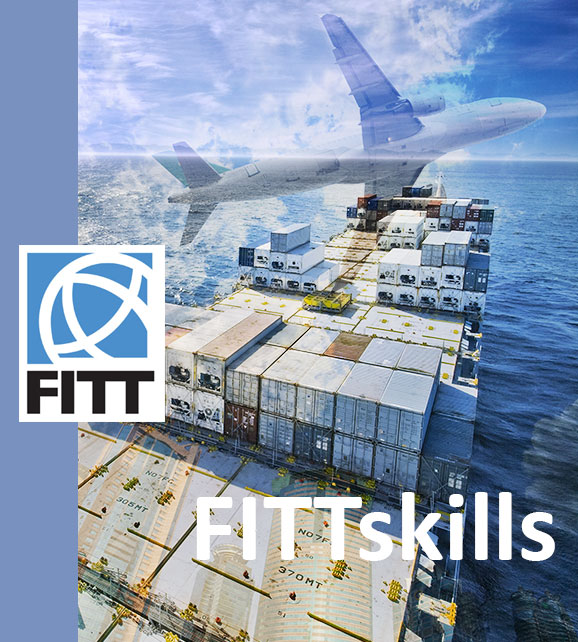All businesses face challenges from a host of changing factors: markets, technology, regulatory environment, social environment, demographics, and competition. The pace of this change is accelerating. For instance the amount of information now available to business people doubles every two years and the time it takes to double is shrinking daily. This growth in information and applied knowledge means that product life cycles are getting shorter and businesses have to be much more adaptable and flexible: they must be capable of making fast decisions and adjusting to changing realities. The end result of this is that companies now need employees who thrive on change and who are willing to engage in lifelong learning.
Lifetime learning
Lifetime learning encompasses the philosophy that learning is an ongoing process. Given the rate of change in today’s business world, it has become a necessity. Some idea of this rate of change can be found in the fact that the half-life of an engineer (that period of time in which half the knowledge learnt in school becomes obsolete) is now less than two years. There are several approaches to lifelong learning. One involves the employee in a process of continuous renewal, reviewing processes and ways of doing things and changing in step as the world does. The other involves the employee gaining new skills when old methods become outdated.
Effective management of change demands that an organization and its people embrace the concept of lifetime learning. All organizations must be able to manage change by learning from their experiences. In a learning culture, experiences, whether successful or not, are used as the basis for future decisions and judgments. Good ideas are implemented and, as times change, current ideas are rethought, refined and reapplied.
Learning takes place informally and naturally. It is not forced upon personnel nor set about in a formalized manner. Informal learning processes develop as part of the corporate culture. Use of a classroom setting is kept to a minimum. Firms are learning to avoid “sheep dip” training, where vast numbers of employees are put through a generic training course.
For lifetime learning to occur, employees must recognize that learning requires active effort on their part. Similarly, active learning must be ingrained in the company culture, and be embraced by senior management. Many large companies have taken this to the point where they have formed internal training units which operate like an internal university, providing a variety of formal and informal training opportunities including self-paced computer courses.
In order to achieve lifetime learning, the organization must:
- decide what it wishes to excel at;
- work with business managers to refocus the training in a way that ensures core issues are addressed; and
- use innovative approaches to reduce the time it takes for employees to learn new skills.
It is also important to have a linking mechanism between experience and education, such as a management development plan. The plan should identify strengths, weaknesses, areas for development, actions, potential functional assignments, and employee preferences.
(Sourced from FITTskills Products & Services for a Global Market Online Course)







disqus comments